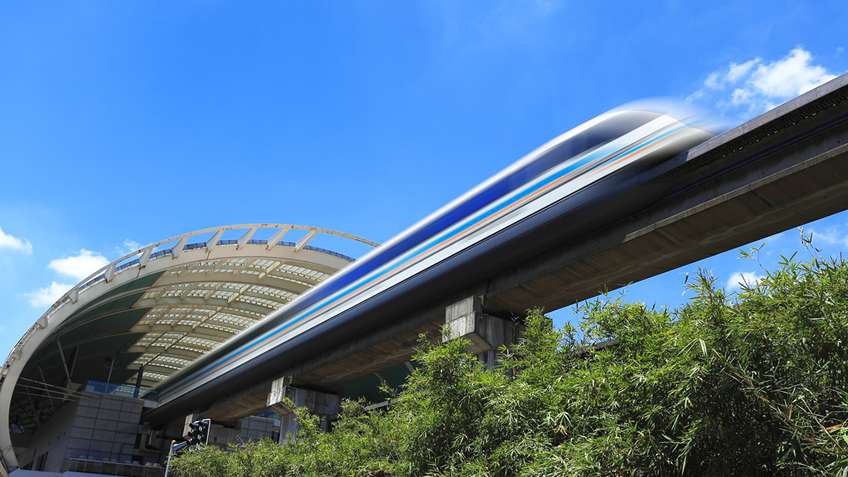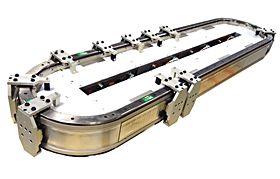But new technology can be an expensive affair. Historically, surges in technology have been a byproduct of arms races, when ‘money is no object' approaches to problem solving really set creative minds free.
Trickle down technology from previous arms races include everything from the development of codes in Roman times to the development of jet passenger travel and nuclear energy production in the 20th century.
Today, warfare and arms production remain a hotbed of technological development, but non-military fields also play a crucial role – and can be similarly expensive!
As the world works more closely together, both in the private and public sectors, in a combined effort to send humans to Mars, I have seen various arguments that the huge amounts of money involved could be better spent on other things. I also read similar things said about another interest of mine – motor racing.
Meanwhile over in the fast paced world of F1, where development cycles are so short that Apple is thought to be considering buying a team to use as an R&D booster, cutting-edge racing technology continues to feed straight into road car production.
Some recent “trickle downs” are discussed here, while older technologies that are commonplace in the family saloon include power steering and ABS brakes.
Beyond the automotive breakthroughs, it's not hard to trace many modern manufacturing technologies including the development of data analytics, telemetry, and real-time diagnostics back top this cutting edge engineering.



